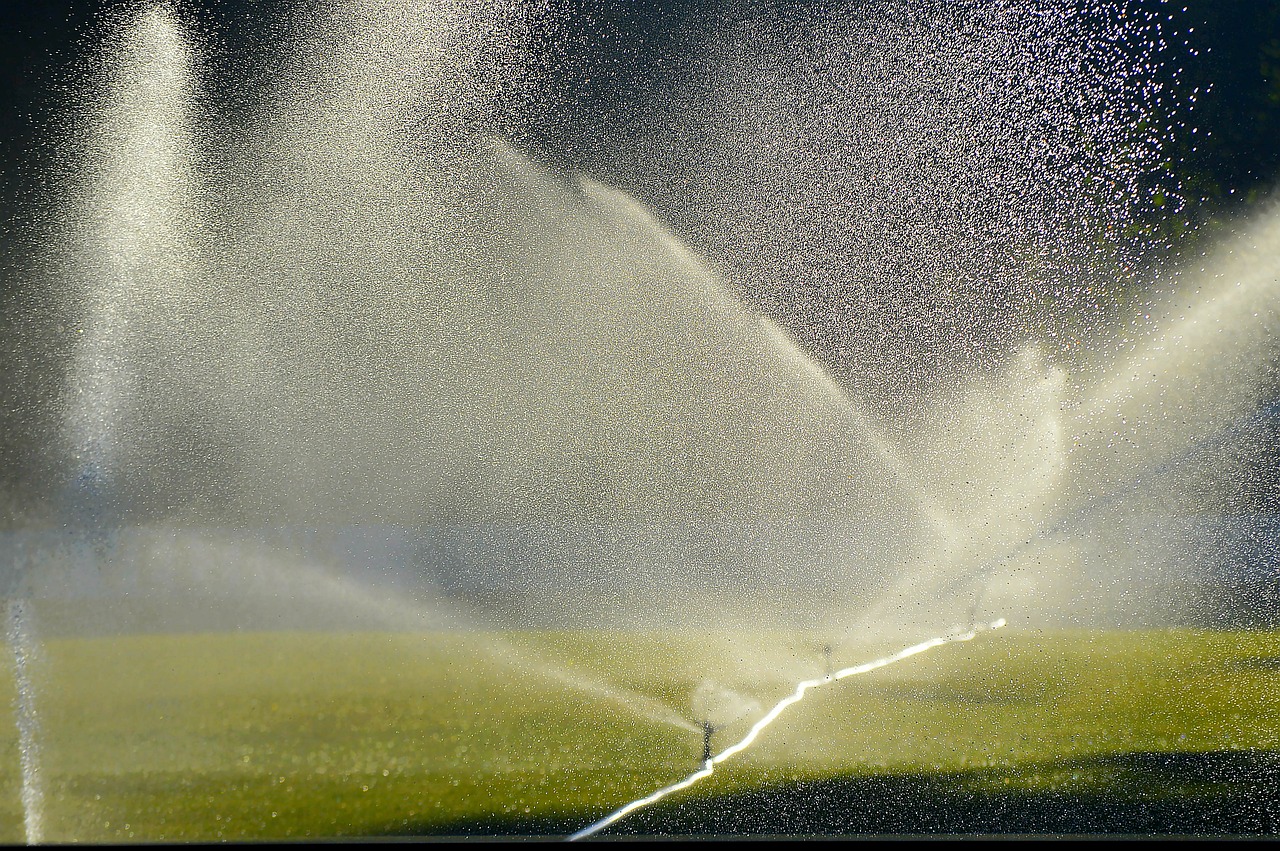Irrigation is a process that involves supplying water to agricultural fields, gardens, or landscapes to support the growth of plants and crops. It is a fundamental practice in agriculture, allowing farmers, gardeners and even homeowners to control and regulate the distribution of water. This ensures that plants receive adequate moisture for optimal growth and development.
The primary purpose of irrigation is to offset the lack of or insufficient rainfall. This need arises especially in arid or semi-arid regions where natural water sources may be scarce. By providing water directly to the plants’ root systems, irrigation helps maintain soil moisture levels necessary for plant growth, even during dry periods. It is an essential technique for maximizing crop yields and ensuring food security in many parts of the world.
There are various methods of irrigation. Methods range from traditional to modern systems, each with its own advantages and suitability for specific environments. Some common irrigation techniques include:
1. Surface Irrigation: This method involves flooding or distributing water across the soil surface, allowing it to seap down and reach the plant roots. Additionally, it is one of the oldest and simplest forms of irrigation, often used in flat or gently sloping terrains.
2. Sprinkler Irrigation: Sprinklers employ this method to distribute water in a manner similar to rainfall. Water pumps through a network of pipes and sprinkler heads, which spray the water over the fields in a controlled pattern. Sprinkler irrigation is widely used for a variety of crops. Moreover, this method can be adjusted to deliver water with different intensities and patterns.
3. Drip Irrigation: Drip irrigation involves delivering water directly to the plant roots through a network of tubes or emitters. Water releases slowly in small quantities, minimizing evaporation and ensuring efficient water usage. This method is highly precise and helps conserve water while providing targeted irrigation for individual plants or crop rows.
4. Subsurface Irrigation: In subsurface irrigation, water is delivered below the soil surface directly to the root zone. It uses buried perforated pipes or drip tapes to release water, reducing water loss through evaporation and minimizing weed growth. This technique is particularly suitable for water-sensitive crops or areas with high evaporation rates.
Irrigation systems can also incorporate advanced technologies such as soil moisture sensors, weather data analysis, and automated control systems. These innovations enable farmers to monitor and optimize irrigation schedules, ensuring that plants receive the right amount of water at the appropriate times.
Overall, irrigation plays a crucial role in overall agricultural productivity, promoting plant growth, and maintaining landscapes. Lastly, it allows farmers and gardeners to overcome water scarcity challenges, enhance crop quality and quantity, and contribute to sustainable and efficient agricultural practices.

Be The First To Comment